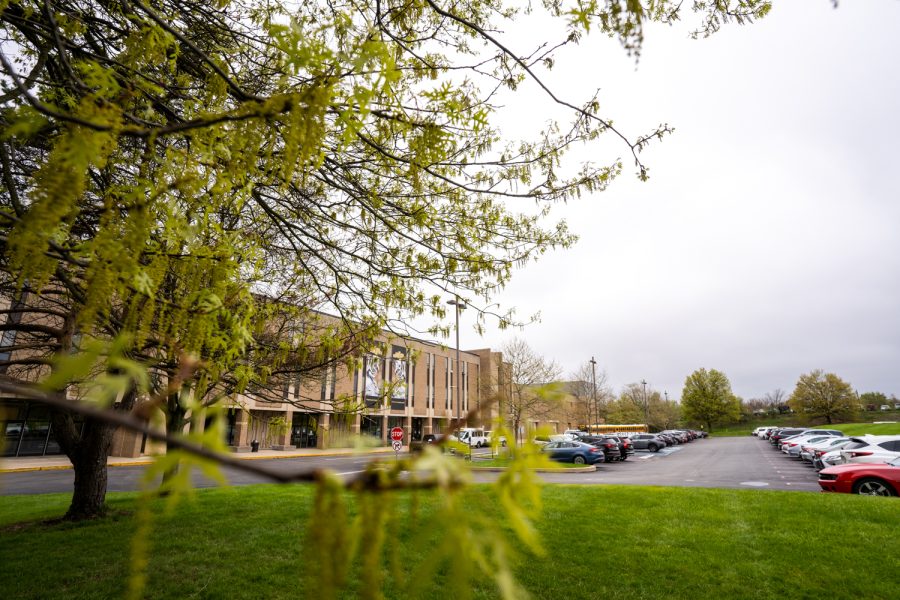Opinion: Lessons from Mother Nature
Schools nationwide should consider moving some classes outside to improve the mental health of students.
May 12, 2022
After hours and hours inside, a nice breath of fresh air can feel like a gift from heaven. However, seeing sunlight during school hours does not have to be a rare situation. An option for classes to be taken outdoors is a reality many schools already have begun to adapt.
Of course, with Pittsburgh weather, the outdoors can only be enjoyed during a limited part of the year. Nonetheless, a space for students to eat or attend a class outside can be beneficial for their mental and physical health.
According to the Harvard Graduate School of Education, after several years of online schooling children need the chance to explore other educational opportunities. Additionally, young, malleable students tend to comprehend and internalize their lessons better while outdoors.
Some critics believe that allowing students to have a space to hang out outside is a security threat to the entire school. However, these spaces have the ability to be monitored by teachers and adults to ensure that students are able to enjoy nature while keeping themselves and their school safe.
Other critics say that creating an outdoor space for students to eat, socialize, and learn is an expensive option, especially when it can not be enjoyed all year round. Nonetheless, there are numerous choices for little to zero cost regarding outdoor education options. For example, using logs and trees as outdoor seating and tables can make the transition feel seamless.
Another reason outdoor education should be a key priority in a student’s education is the practical skills a child can gain from learning outside. Connecting with all of the elements of nature allows them to truly grow up understanding the world around them and have some time away from screens. Also, being outdoors and being able to see what they are learning through books right in front of their eyes excites students and makes them ready to keep learning.
Once students hit middle and high school, the hours of homework increase substantially and the time spent outdoors decreases. Therefore, giving students — especially ones from areas that experience all four seasons — the opportunity to spend some time outdoors and allow them to breathe in the fresh air and have the sun hit their face while they eat or have a free period can drastically improve mental health. In fact, according to the World Health Organization, young children who are exposed to nature and green spaces are 55% less likely to develop mental illnesses in the future.
Many aspects of an indoor class can also very easily be transported outdoors. If a class is simply a lecture, group discussion, or in-class activity, having the class outside can keep students of all ages engaged and change up the learning environment for the better.
Finally, in an age where protecting the environment is an extremely important topic on the table, continuing to teach children from a young age into their older years how to help conserve and respect the environment fosters a sense of responsibility and community, making students more likely to grow into adults who care about the environment.
Creating a space for students to spend time outdoors may raise some small concerns with safety and money; however, it is a vital part of helping students with their mental health and environmental values. It continues to keep students engaged with nature and allows them to be more observant as they grow up. So, the next time schools seek to reevaluate their resources, a smart and easy option would be to just look outside.












